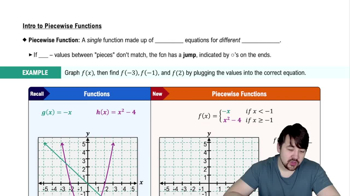Assume you invest \$250 at the end of each year for 10 years at an annual interest rate of . The amount of money in your account after 10 years is given by . Assume your goal is to have \$3500 in your account after 10 years.
b. Use a calculator to estimate the interest rate required to reach your financial goal.






